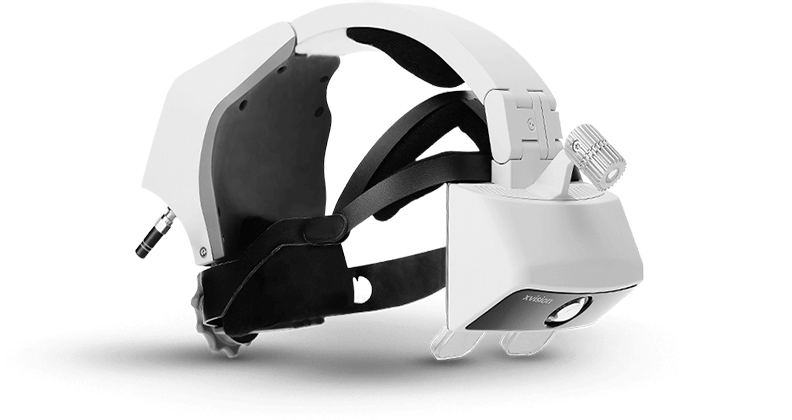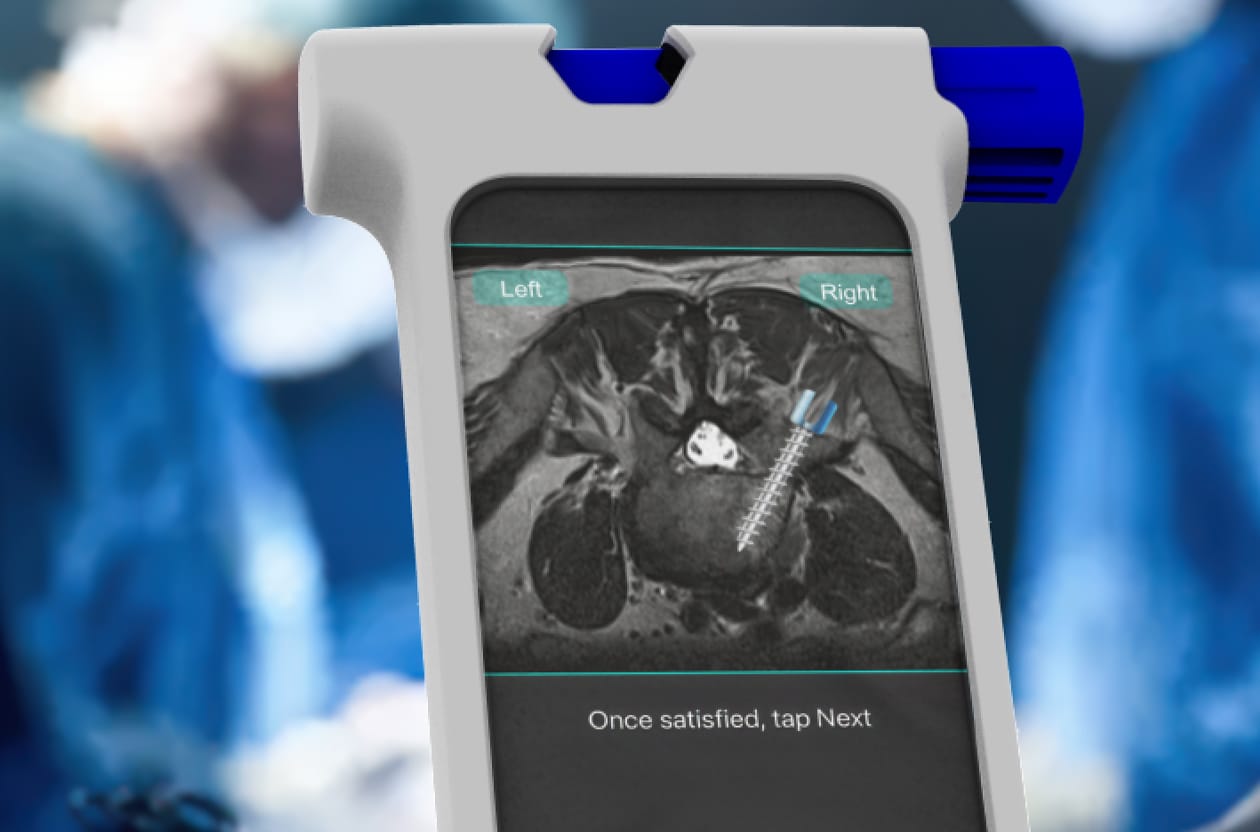
In late 2021, PrecisionOS received FDA 510(k) to market InVisionOS, a patient-specific planning tool that employs Virtual Reality (VR). The patented software, to be available in early 2022, lets surgeons use an Oculus Quest 2 device to perform preoperative planning.
InVisionOS is a next-generation planning tool. Currently, surgeons view a simulated 3D image of the patient on a computer screen and then carry that mental model to the operating room. InVisionOS software automatically converts the patient’s computed tomography scan from any PACS system into a 3D reconstruction within seconds. Surgeons can then use the Oculus Quest 2 to view, manipulate and isolate relevant anatomical areas prior to performing the actual surgical procedure.
“We focus on developing products that improve the confidence, competency and proficiency of surgeons, ultimately benefiting patient outcomes,” says Danny Goel, M.D., CEO, PrecisionOS. “Our new InVisionOS software, which took four years to develop, allows surgeons to visualize patient-specific needs and better plan for surgery.”
We brought a few questions to Dr. Goel about the technology.

PrecisionOS InVisionOS Virtual Reality Headset
Why was it important for PrecisionOS to expand into preoperative planning? How does the process work?
This has always been a natural extension of what we’ve been targeting to enhance education and surgeon perceptual expertise. Given the complexity of surgery, multiple decisions and variability in patient anatomy, we automated the conversion of patient CT scans into virtual reality.
What are the advantages of using VR for preoperative planning over traditional computer software?
As surgeons, we attempt to create the most refined mental model of the patients’ anatomy to drive efficiency and the appropriate size and location of medical devices. This is one of the reasons we use advanced imaging, like CT scans, to support this mental exercise for complex situations like fractures or deformity. With three-dimensional immersion in VR, we enhance the surgeons “perceptual expertise” to drive confidence and clarity during the procedure.
Where within orthopedics are you experiencing the most significant interest in VR?
Virtual reality is a very powerful technology but these are its early days. It allows us to visualize and provide safe-failure opportunities for training and education. Given the timing and significant impact that it can have, validation with well-done research is a core focus of PrecisionOS. While the interest spans the orthopedic ecosystem, a deliberate, thoughtful and evidenced-based approach is our focus at PrecisionOS to support wide-scale adoption.
Our primary readership is orthopedic company product development and engineering decision-makers. How might VR advancements impact their work in the future?
This is a significant area of potential application and goes back to analyzing the problem. What problem exists within the current model, and can virtual reality (or extended reality) play a role in that workflow?
How will the use of VR expand in orthopedics over the next five years?
Despite COVID, the limitations of surgical education have been present for quite some time. There is a significant amount of knowledge to consume as innovation continues in surgery. How this knowledge is transferred will continue to be multimodal, and VR has the potential to be a powerful adjunct to that offering.
CL
Carolyn LaWell is ORTHOWORLD's Chief Content Officer. She joined ORTHOWORLD in 2012 to oversee its editorial and industry education. She previously served in editor roles at B2B magazines and newspapers.




